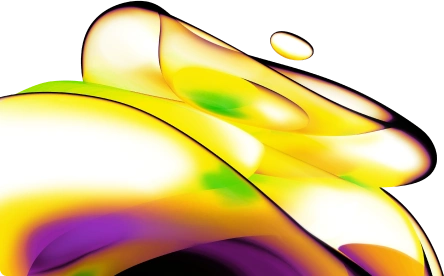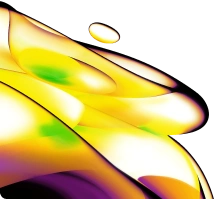

HTRF Human Phospho-MKK4 (Ser257) Detection Kit, 500 Assay Points
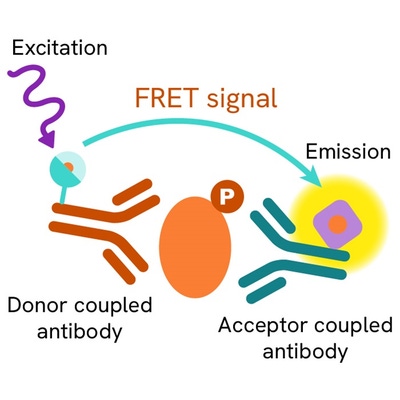

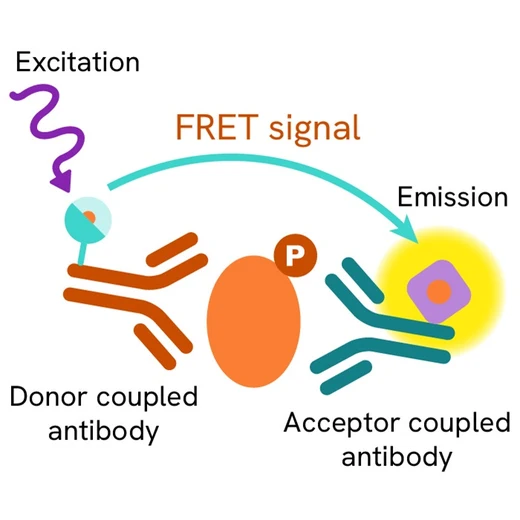


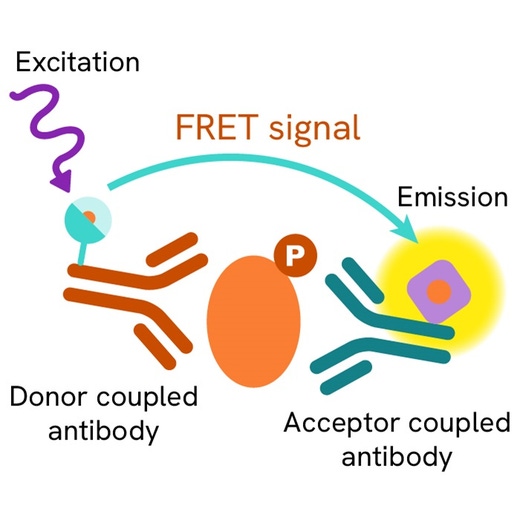


| Feature | Specification |
|---|---|
| Application | Cell Signaling |
| Sample Volume | 16 µL |









Product information
Overview
This HTRF cell-based assay conveniently and accurately quantifies phosphorylated MKK4 (Mitogen-Activated Protein Kinase Kinase 4) at Ser257. Phosphorylation of MKK4 on Serine 257 is induced by various MKKKinases such as TAK1, Tpl2, or ASK1, in response to cellular stresses and proinflammatory cytokines. Once phosphorylated, MKK4 preferentially triggers the activation of JNK, which regulates a range of biological processes implicated in tumorigenesis, neurodegenerative disorders, and fibrosis.
How it works
Phospho-MKK4 (Ser257) assay principle
The Phospho-MKK4 (Ser257) assay measures MKK4 when phosphorylated at Ser257. Unlike Western Blot, the assay is entirely plate-based and does not require gels, electrophoresis, or transfer. The assay uses 2 antibodies, one labeled with a donor fluorophore and the other with an acceptor. The first antibody is selected for its specific binding to the phosphorylated motif on the protein, the second for its ability to recognize the protein independently of its phosphorylation state. Protein phosphorylation enables an immune-complex formation involving both labeled antibodies and which brings the donor fluorophore into close proximity to the acceptor, thereby generating a FRET signal. Its intensity is directly proportional to the concentration of phosphorylated protein present in the sample, and provides a means of assessing the protein's phosphorylation state under a no-wash assay format.

Phospho-MKK4 (Ser257) two-plate assay protocol
The two-plate protocol involves culturing cells in a 96-well plate before lysis, then transferring lysates to a 384-well low volume detection plate before the addition of Phospho-MKK4 (Ser257) HTRF detection reagents. This protocol enables the cells' viability and confluence to be monitored.

Phospho-MKK4 (Ser257) one-plate assay protocol
Detection of Phosphorylated MKK4 (Ser257) with HTRF reagents can be performed in a single plate used for culturing, stimulation, and lysis. No washing steps are required. This HTS designed protocol enables miniaturization while maintaining robust HTRF quality.

Assay validation
Anisomycin dose-response on Retinoic Acid (RA) differentiated SH-SHY5Y cells
Human SH-SY5Y cells were plated at 25,000 cells/well in a 96-well plate. After 24 h incubation at 37 °C, 5% CO2, the cells were incubated in differentiation medium containing 10 µM of RA for 1 week in the dark. Note that due to the poor stability of RA, cell culture medium containing fresh RA was renewed daily. Once differentiated, SH-SY5Y were stimulated with increasing concentrations of anisomycin for 45 min. Then the medium was removed and 50 µL of supplemented lysis buffer 1X were added. After 30min lysis at RT under gentle shaking, 16 µL of lysate were transferred into a 384-well low volume white microplate and 4 µL of the HTRF phospho-MKK4 (Ser257) or total MKK4 detection reagents were added. The HTRF signal was recorded after an overnight incubation.
As described elsewhere, a dose dependent phosphorylation of MKK4 by Ser257 was induced by anisomycin, whereas total MKK4 slightly decreased under the same experimental conditions.

H2O2 stimulation on Retinoic Acid (RA) differentiated SH-SHY5Y cells
Human SH-SY5Y cells were plated at 400,000 cells/well in a 6-well plate. After 24 h incubation at 37 °C, 5% CO2, the cells were incubated in differentiation medium containing 10 µM of RA for 1 week in the dark. Note that due to the poor stability of RA, cell culture medium containing fresh RA was renewed daily. Once differentiated, SH-SY5Y were stimulated with 0.5 mM of H2O2 for 1h. Then the medium was removed and 500 µL of supplemented lysis buffer 1X were added. After 30 min lysis at RT under gentle shaking, 16 µL of lysate were transferred into a 384-well low volume white microplate and 4 µL of the HTRF phospho-MKK4 (Ser257) or total MKK4 detection reagents were added. The HTRF signal was recorded after an overnight incubation.
H2O2 induced phosphorylation MKK4 on Ser257 residue whereas the MKK4 expression level remained almost stable under the same experimental conditions.

Anisomycin dose-response on HepG2 cells correlated with Western Blot
Human HepG2 cells were plated at 100,000 cells/well in a 96-well plate. After an incubation of 24 h at 37 °C, 5% CO2, the cells were stimulated with increasing concentrations of anisomycin for 45min. Then the medium was removed and 50 µL of supplemented lysis buffer 1X were added. After 30 min lysis at RT under gentle shaking, 16 µL of lysate were transferred into a 384-well low volume white microplate and 4 µL of the HTRF phospho-MKK4 (Ser257) or total MKK4 detection reagents were added. The HTRF signal was recorded after an overnight incubation. The same amount of lysate was analyzed by Western Blot in a side by side experiment.
As shown on the graphs, both HTRF and Western Blot indicated an increase of MKK4 phosphorylation associated with a decrease of MKK4 expression.


HTRF phospho-MKK4 (Ser257) cellular assay compared to Western Blot
The human HepG2 cell line was seeded in a T175 flask and incubated a 37 °C, 5% CO2. The cells were then stimulated with Sorbitol (1 M) for 30 min before lysis.
Serial dilutions of the cell lysate were performed using supplemented lysis buffer, and 16 µL of each dilution were transferred into a low volume white microplate before the addition of 4 µL of HTRF phospho-MKK4 (Ser257) detection reagents. Equal amounts of lysates were used for a side by side comparison between HTRF and Western Blot.
Using the HTRF phospho-MKK4 (Ser257) assay, 310 cells/well were enough to detect a signal, while 5,000 cells were needed using Western Blot which relies on a Chemiluminescence signal. These results indicate that the HTRF phospho-MKK4 (Ser257) assay is 16 times more sensitive than the Western Blot.

Simplified pathway
Simplified pathway for MKK4 assays
MKK4 (Mitogen-activated Kinase Kinase 4) is a member of MAP kinase kinase family that is activated by phosphorylation on Ser257 following activation of different MKKKs, for example TAK1 or ASK1, in response to stimuli such as GPCR activation, Growth factors, cellular stresses, or inflammatory cytokines. In turn, activated MKK4 phosphorylates JNK or p38 in order to activate c-jun, p53, or ATF2 and induce inflammation, cell survival/apoptosis, proliferation, or differentiation by regulating gene transcriptions.

Specifications
| Application |
Cell Signaling
|
|---|---|
| Brand |
HTRF
|
| Detection Modality |
HTRF
|
| Lysis Buffer Compatibility |
Lysis Buffer 1
Lysis Buffer 2
Lysis Buffer 3
Lysis Buffer 4
Lysis Buffer 5
|
| Molecular Modification |
Phosphorylation
|
| Product Group |
Kit
|
| Sample Volume |
16 µL
|
| Shipping Conditions |
Shipped in Dry Ice
|
| Target Class |
Phosphoproteins
|
| Target Species |
Human
|
| Technology |
TR-FRET
|
| Therapeutic Area |
NASH/Fibrosis
Neuroscience
Oncology & Inflammation
|
| Unit Size |
500 assay points
|
Video gallery
Resources
Are you looking for resources, click on the resource type to explore further.
This guide provides you an overview of HTRF applications in several therapeutic areas.
Advance your autoimmune disease research and benefit from Revvity broad offering of reagent technologies
Obesity is a complex condition characterized by excessive fat accumulation, posing significant health and socioeconomic challenges...


Loading...
How can we help you?
We are here to answer your questions.
